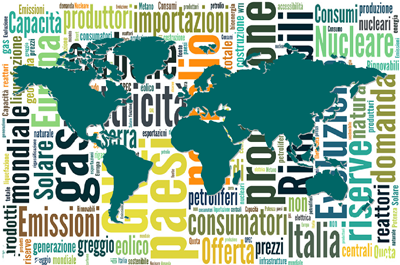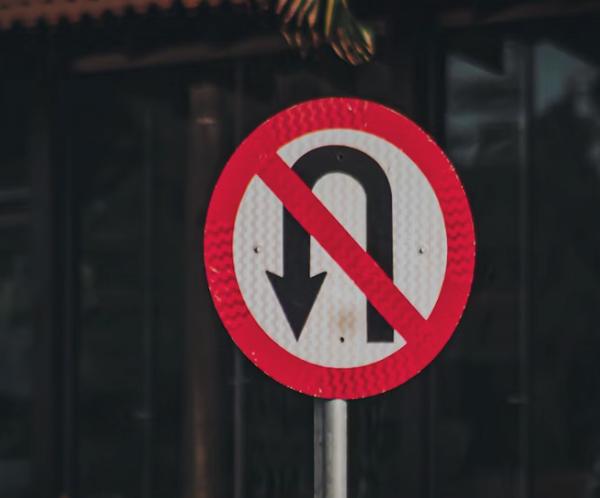It has been over 12 months since the European Union’s seaborne crude imports from Russia have come to a halt (with the exception of Bulgaria) and we are approaching the 12 month mark of the EU ban on Russian oil product imports. The widespread sanction scheme limits the use of EU vessels, insurance and other services for Russian oil exports to third parties.
Prior to these EU bans, it was Iran and Venezuela operating largely in the dark - i.e. without AIS signals, however the EU bans on Russian crude and products has widened the opaque market to now include all three of these countries. Although the majority of Russian oil is not exported in the dark, Russian oil exporters are sanctioned and the fleet operating in this market have opaque ownership structures (since the EU bans).
Iran, Russia and Venezuela’s (opaque market) combined crude/condensate exports reached 5.7mbd in May, a four year high and a 15% increase y-o-y. The opaque markets’ crude exports averaged 5.2mbd in 2023, a 500kbd increase y-o-y.
This 4-year high was driven by Iran and Russia increasing crude/condensate exports despite sanctions. Iran’s crude/condensate exports surpassed 1.5mbd in May, driven by strong demand from China and increased production (has since surpassed 1.6mbd in November, a new record-high).
Russia also increased its crude exports (excl. CPC Blend & KEBCO) to 3.6mbd in May, despite the EU import ban and announced OPEC+ cuts. Russian crude exports averaged 3.3mbd in 2023, a 100kbd increase y-o-y and 300kbd higher than 2021.
Russia has been largely successful in finding large alternative buyers for its crude – India accounted for 50% of Russian crude imports in 2023, compared to 20% in 2022. China accounted for 40% in 2023, a 10 percentage point (pp) increase y-o-y.
Venezuela’s exports increased due to higher production and increased purchases of Venezuelan crude by the US. The recent easing of US sanctions may see exports lifted further, though this could be limited if production doesn’t increase from current levels, while the persistence of the waiver is everything else than certain.
The number of tankers operating in opaque markets (Iran, Russia & Venezuela) reached a record high in Q2 2023, supporting the opaque markets’ 4-year high crude exports. We track 1070 tankers that carried Iranian, Russian and Venezuelan crude/condensate, DPP & CPP in Q2 2023.
Russian crude & product carriers accounted for 80% of all opaque market tanker activity in Q2 2023 by count of tankers. The inclusion of Russian crude and product carriers in the opaque fleet since 5-Dec & 5-Feb has resulted in a surge in smaller tankers in this fleet. Aframaxes and smaller classes accounted for 75% of the fleet in 2023, a 30pp increase y-o-y.
Opaque market tanker activity in Q4 shows a slowdown, as US efforts to crack down on the implementation of the price cap mechanism in Russian sanctions may limit the amount of players willing to participate in this trade. There were over 1600 tankers in the opaque market fleet (operated between 2021 and 2023). Russia accounted for 75% of this fleet (since the respective bans), partly due to the fact that Russia was able to find Indian and Chinese buyers willing to purchase its discounted crude. During wartime, Russia was able to increase its exports compared to recent years, thanks to the growing opaque fleet facilitating this trade.
The decline in Chinese crude import demand in Q1 2024 also means we could see lower tanker activity from Iran, already indicated by the lower exports observed in December. A worse-case scenario of further escalation in the Middle East could however result in tonnage surplus in the opaque fleet. Iran only has one main crude buyer, China, and with declining Chinese crude import demand coupled with China’s growing Iranian crude inventories, they might not increase imports which could lead to lower Iranian crude/condensate exports, leaving tankers in the fleet idle.
An escalation from current tensions in the Middle East could result in a heightened risk to tankers loading from Iran, similar to current attacks in the Red Sea. This increased risk could steer tankers away from Iran’s ports, and even impact non Iranian tankers within the Persian Gulf. For the former, riskier transits out of the Persian Gulf could lead to more idle opaque fleet tankers, resulting in tonnage surplus as these tankers would struggle to find employment in the mainstream trade given risk profiles. In the case of the latter, the higher risk and therefore cost for the mainstream fleets operating in the region is likely to end up being passed onto the consumer and support wider pressure from inflation.




















